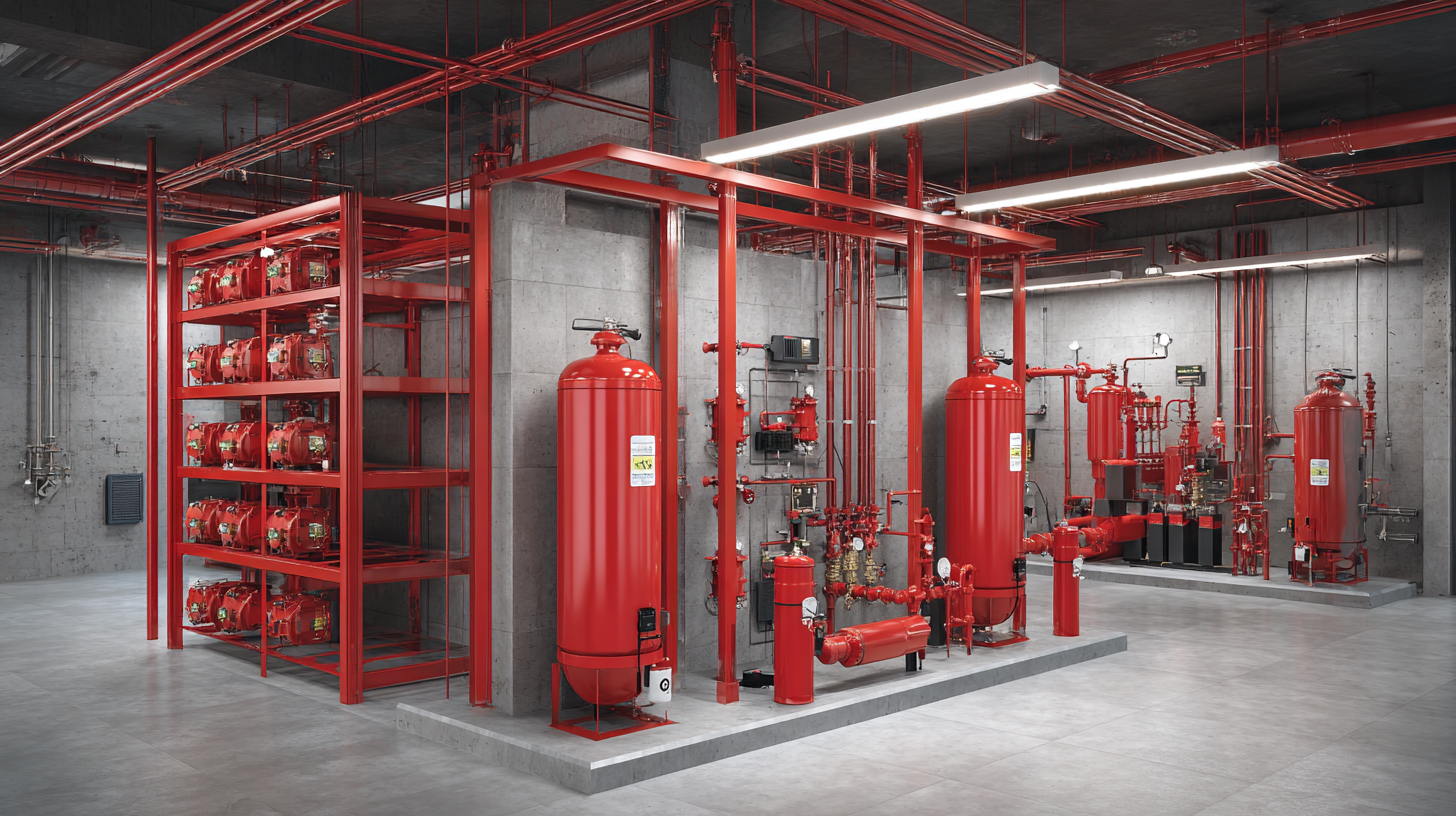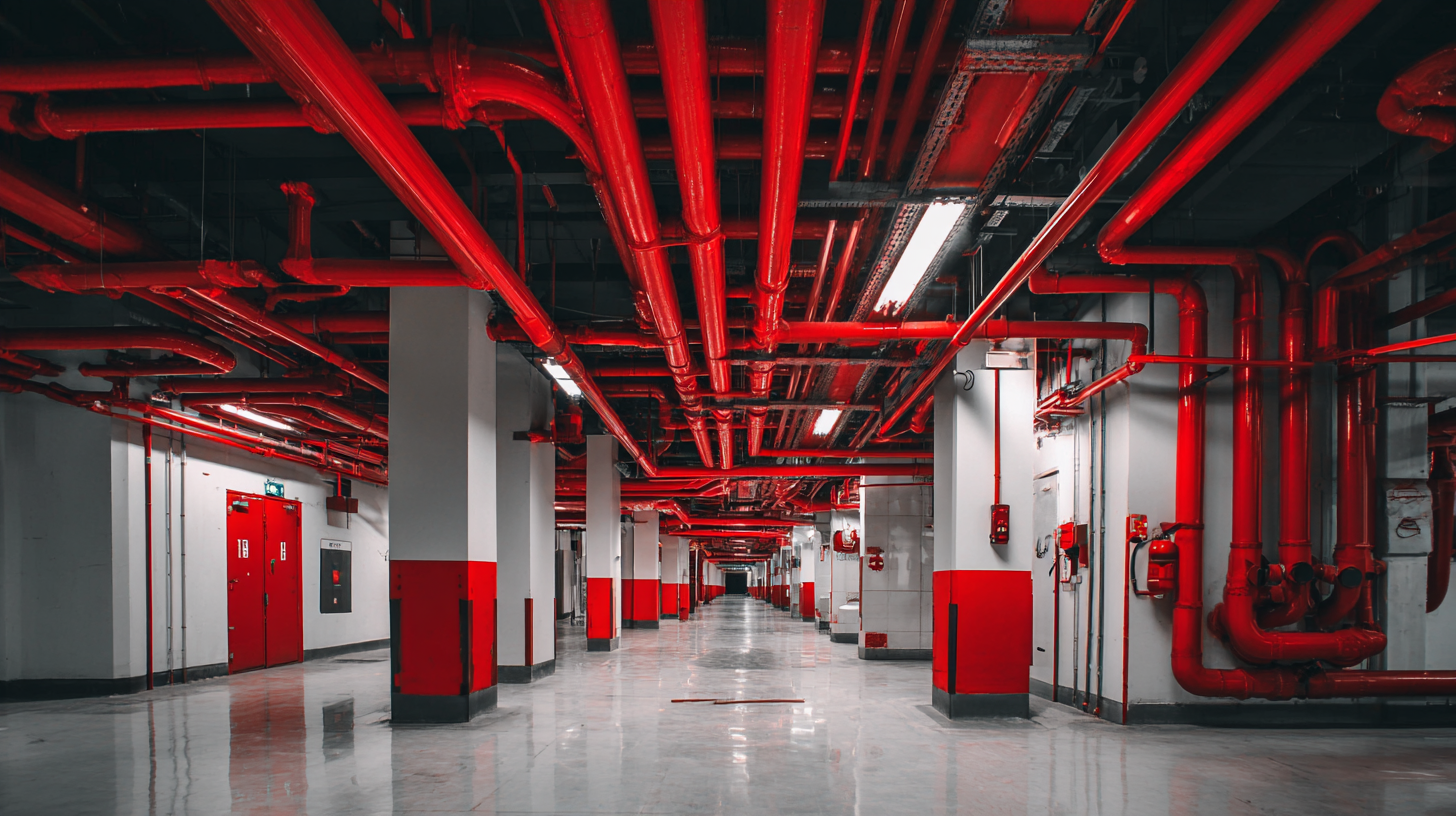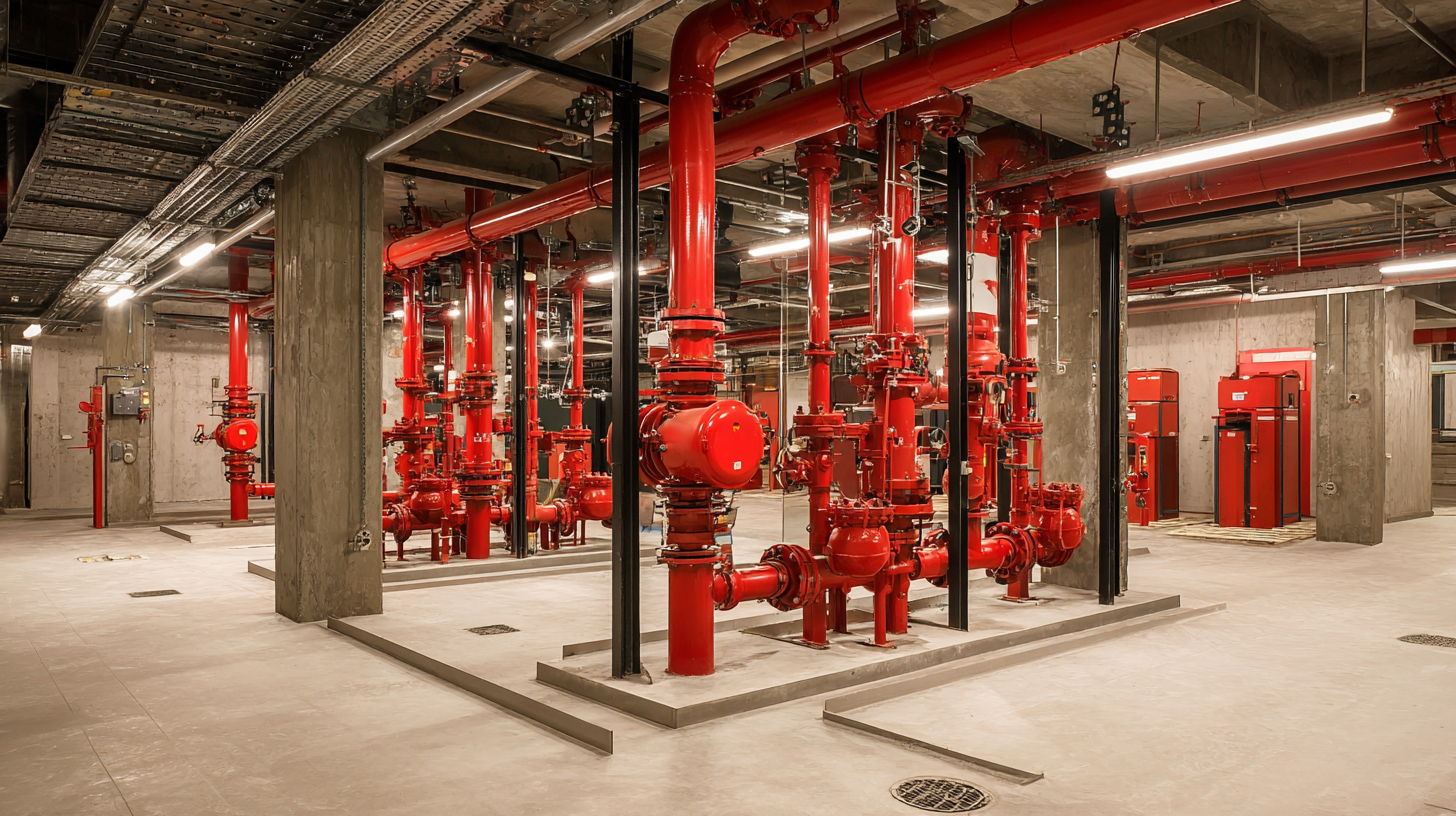Ultimate Checklist for Selecting the Best Fire Systems to Safeguard Your Facility
In today's safety-conscious environment, selecting the appropriate Fire Systems for your facility is not just a regulatory requirement, but a critical component of risk management. According to a report by the National Fire Protection Association (NFPA), there were over 1.3 million fire incidents in the United States in a single year, resulting in billions of dollars in property damage. With such alarming statistics, the importance of implementing effective fire safety measures becomes evident.

This ultimate checklist is designed to guide facility managers and stakeholders through the essential criteria for selecting the best fire systems, ensuring not only compliance with local regulations but also the protection of lives and property. By understanding the diverse types of fire systems available and their capabilities, organizations can make informed decisions that enhance their safety infrastructure and minimize potential fire hazards.
Key Factors to Consider When Choosing Fire Systems for Your Facility
When it comes to selecting fire systems for your facility, understanding the key factors that influence your choice is crucial. According to the National Fire Protection Association (NFPA), over 1.3 million fires are reported annually in the United States, leading to significant property damage and loss of life. This staggering statistic underscores the importance of choosing a reliable fire protection system tailored to the unique needs of your facility.
One pivotal factor is the type of occupancy and specific hazards present. For instance, a healthcare facility with flammable chemicals will have vastly different requirements compared to an office building. The NFPA recommends conducting a thorough risk assessment to identify these hazards, which can help in selecting fire detection and suppression systems that meet industry standards. Additionally, compatibility with existing emergency protocols and compliance with local regulations should be prioritized to ensure a comprehensive safety strategy.
Another essential consideration is the technological advancements in fire protection systems. According to a report by MarketsandMarkets, the fire protection systems market is projected to reach $69.35 billion by 2023, driven by innovations in fire alarm systems and smart technology. Facilities should invest in advanced solutions, such as connected alarms and automated response systems, which enhance real-time monitoring and quicker emergency response times, ultimately safeguarding lives and property more effectively.
Ultimate Checklist for Selecting the Best Fire Systems
This chart illustrates the key factors to consider when choosing fire systems for your facility. Each factor is rated based on its importance on a scale from 1 to 10.
Understanding the Different Types of Fire Safety Systems Available
Fire safety systems are crucial for protecting buildings and their occupants from potential disasters. Understanding the different types of fire safety systems available can significantly enhance your facility's security. Primary systems include detection, alarm, and suppression systems. According to the National Fire Protection Association (NFPA), properties with integrated fire alarm systems experience 50% fewer fire-related fatalities compared to those without. This statistic underscores the importance of having a reliable fire alarm in place.
In addition to detection and alarm systems, the incorporation of fire suppression technologies, such as sprinklers and chemical agents, is vital. The NFPA reports that automatic sprinklers can reduce the average property damage caused by fire by 70%. Moreover, specialized systems like gas suppression are increasingly popular in environments housing sensitive equipment, such as data centers, where water damage is a concern. By selecting the appropriate combination of fire safety systems, facilities can ensure optimal protection and compliance with regulatory standards, ultimately safeguarding both lives and property.
The Long-term Benefits of Investing in Advanced Fire Protection Technologies
Investing in advanced fire protection technologies is not just a matter of compliance but a strategic move that yields long-term benefits for any facility. According to the National Fire Protection Association (NFPA), properties equipped with modern fire suppression systems experience 90% fewer fire-related losses than those without these technologies. This significant reduction can translate into substantial cost savings over time, particularly when considering potential property damage, business interruption, and liability claims.
Moreover, advanced fire protection systems, such as intelligent detection and response technologies, enhance overall safety and operational efficiency. A report by the Fire Protection Research Foundation indicated that facilities utilizing state-of-the-art fire alarm systems report a 40% faster emergency response time, drastically minimizing the impact of fire incidents. These systems are not only designed to detect fires more effectively but also provide real-time data analytics, allowing for informed decision-making and resource allocation. By investing in such advanced technologies, facilities can better protect their assets, ensure compliance with safety regulations, and ultimately foster a safer, more resilient environment for occupants and stakeholders alike.
How Regular Maintenance Enhances the Effectiveness of Fire Safety Systems
 Regular maintenance of fire safety systems is essential for ensuring their effectiveness in safeguarding your facility. Over time, various components of fire systems, such as alarms, sprinklers, and extinguishers, may become less reliable due to wear and tear or environmental factors. Conducting routine inspections and servicing not only identifies potential issues before they escalate but also helps in keeping the systems compliant with local regulations. This proactive approach ensures that all equipment is functioning correctly and can respond promptly in the event of a fire emergency.
Regular maintenance of fire safety systems is essential for ensuring their effectiveness in safeguarding your facility. Over time, various components of fire systems, such as alarms, sprinklers, and extinguishers, may become less reliable due to wear and tear or environmental factors. Conducting routine inspections and servicing not only identifies potential issues before they escalate but also helps in keeping the systems compliant with local regulations. This proactive approach ensures that all equipment is functioning correctly and can respond promptly in the event of a fire emergency.
Moreover, consistent maintenance enhances the longevity of your fire safety systems. By addressing minor problems early on, you can avoid costly repairs or even complete system replacements down the line. Regular maintenance schedules should include checking the battery life of alarms, testing the pressure of fire extinguishers, and ensuring that sprinklers are unobstructed and functioning properly. Educating your staff about the importance of fire safety, along with systematic maintenance, creates a culture of safety within the organization, making it less likely for critical systems to fail when they are needed the most.
Integrating Fire Systems with Existing Security Measures for Comprehensive Safety
When considering the safety of a facility, integrating fire systems with existing security measures is paramount. A cohesive approach ensures that both fire safety and overall security work hand in hand. This integration can be achieved by linking fire alarm systems with surveillance cameras and access control systems. By doing so, facility managers can monitor fire safety alerts in real-time and coordinate emergency responses more effectively.

Tips for successful integration include regular training for staff on emergency procedures and the operation of these combined systems. This ensures everyone is aware of their roles during a fire emergency, minimizing confusion. Additionally, conducting routine audits of the integrated systems can identify any weaknesses or gaps, allowing for necessary adjustments before they become critical issues.
Another essential tip is to use technology that supports interoperability. Choose fire systems and security measures that can communicate seamlessly, enhancing the overall safety framework. This could involve utilizing cloud-based solutions that allow for easier updates and real-time data sharing, ensuring both fire safety and security measures operate consistently and effectively.
